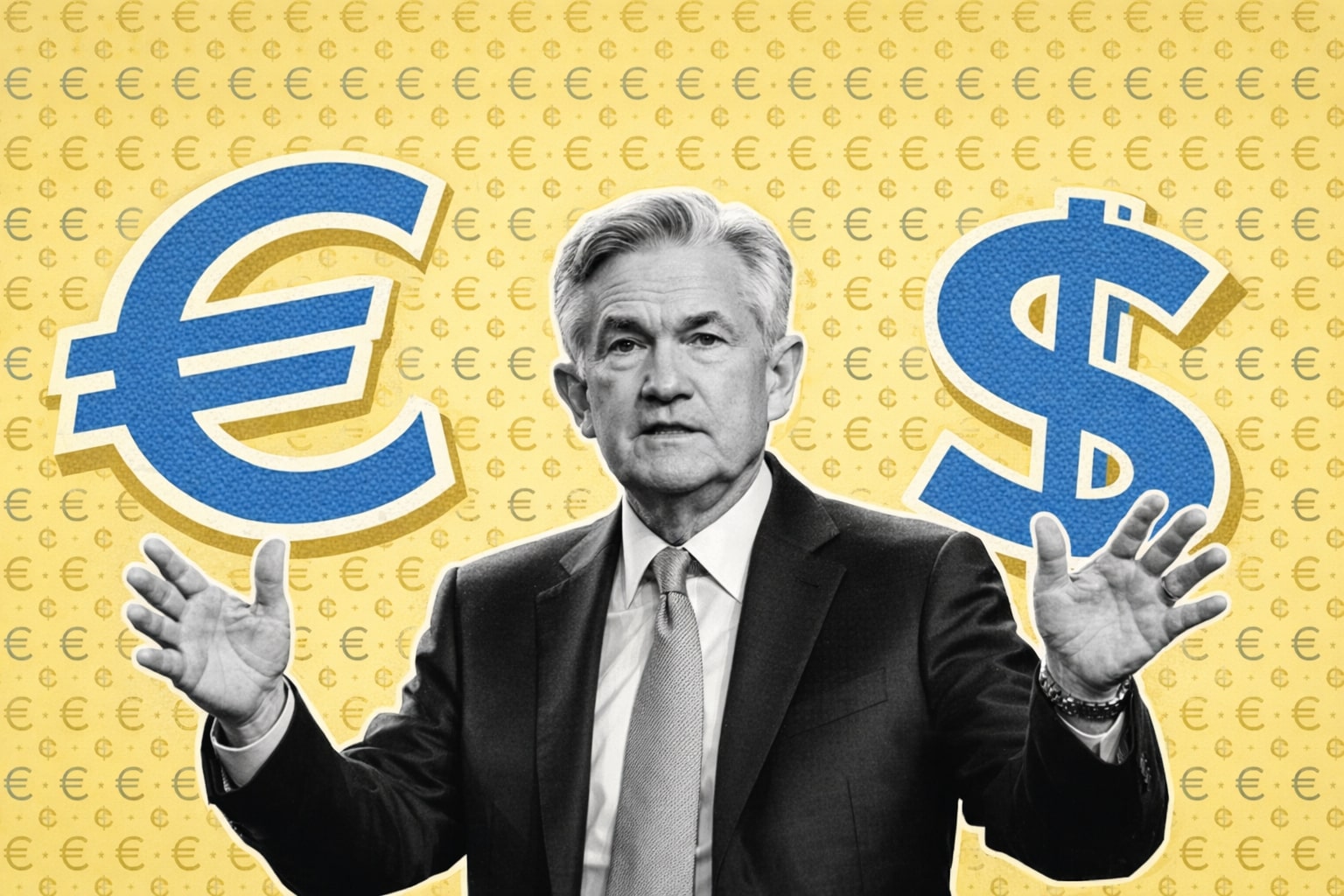
USD/JPY Price Forecast: Yen Weakens to 147.58 as Fed and BoJ Divergence Widens
Political instability, fading BoJ tightening odds, and Fed rate cut bets keep USD/JPY volatile between 146.00 and 149.50 | That's TradingNEWS
USD/JPY Battles 148.00 as Political Turmoil in Japan Weighs on the Yen
The USD/JPY pair closed the week trading at 147.58, staging a recovery after dipping to 146.29 earlier in the week. The move came as the resignation of Prime Minister Shigeru Ishiba injected political instability into Japan, clouding expectations around the Bank of Japan’s tightening path. With U.S. yields still holding firm and Japanese rates anchored near 0.5%, the widening policy divergence continues to favor the dollar, even as the pair remains locked between 146.00 and 149.00 since early August.
Political Uncertainty Complicates Bank of Japan Outlook
Ishiba’s sudden departure reshaped the landscape ahead of the October 4 leadership vote. Market chatter suggests a conservative replacement could revive rate hike speculation, sending USD/JPY lower toward 145.00, while a reflationary candidate could embolden BoJ doves, clearing the way for another test of 149.50–150.00. Current expectations for a BoJ rate hike by early 2026 have eased slightly, with Bloomberg consensus lowering the odds of an October move from 42% to 36%. Until clarity emerges, yen weakness is likely to persist, especially with inflation easing from 4.0% in January to 3.1% in July, reducing urgency for near-term hikes.
Fed Policy and U.S. Data Shape Dollar Demand
Across the Pacific, the Fed’s next move is pivotal. Markets are pricing a 25 bps cut at next week’s meeting, with a further 50 bps by year-end as job growth falters. The U.S. economy added just 22,000 jobs in August, averaging 29,000 over three months, well below the 100,000 needed to hold unemployment steady. With the unemployment rate at a four-year high of 4.3%, the Fed has scope to ease, though inflation at 3.1% y/y still sits above the 2% target. A dovish Fed could drag the dollar lower, but unless cuts are deeper than expected, yield spreads remain decisively in the greenback’s favor.
Joint U.S.–Japan Statement Reinforces Market Stability
Finance Minister Katsunobu Kato and U.S. Treasury Secretary Scott Bessent reaffirmed that FX levels should be market-determined and that sharp volatility is undesirable. The statement underscored policymakers’ preference for stability, but with political upheaval at home and a yawning yield gap, traders are betting volatility will persist. The message capped USD upside briefly, but failed to generate lasting yen support.
Consumer Sentiment and U.S. Dollar Index Trends
The University of Michigan’s Consumer Confidence Index, due later, is expected at 58, marginally below August’s 58.2. A sharp downside surprise would reinforce dovish Fed bets and weigh on USD/JPY, potentially dragging the pair back to 146.30 support. However, the DXY index climbed 0.2% on Friday, suggesting dollar demand remains resilient. A rebound toward 98 in the DXY would likely push USD/JPY to retest 148.60 resistance.
Technical Picture: Neutral Bias but Key Levels in Play
Technically, the bias in USD/JPY remains neutral as long as the pair holds below 149.12 resistance. A firm break under 146.29 confirms that the rebound from 139.87 has already topped at 150.90, opening a projection target of 144.42. On the upside, a sustained move through 149.12 sets the stage for another run at 150.90, with longer-term upside capped near 161.94, last year’s high. Indicators show RSI steady above 50, MACD near the zero line but edging positive, and price action still above the 200-day SMA, signaling underlying dollar strength.
Read More
-
GPIX ETF Climbs to $52.54 as 8% Yield Turns S&P 500 Volatility Into Income
02.01.2026 · TradingNEWS ArchiveStocks
-
XRP ETF Rally: XRPI $11.54, XRPR $16.35 And XRP-USD At $1.99 Aim For A $5–$8 Cycle
02.01.2026 · TradingNEWS ArchiveCrypto
-
Natural Gas Price Forecast: NG=F Tests $3.50–$3.60 Floor Before LNG Wave
02.01.2026 · TradingNEWS ArchiveCommodities
-
USD/JPY Price Forecast - USDJPY=X Holds Near 157 as BoJ Caution and Fed Cut Bets Drive the Move
02.01.2026 · TradingNEWS ArchiveForex
Industrial Output, Trade, and Inflation Pressures in Japan
Japan’s July industrial production fell 1.6% month-on-month, erasing part of June’s 2.1% rise, a setback that weakens the case for immediate BoJ tightening. Declining output risks undermining wage growth and consumer spending, further complicating inflation dynamics. While imported inflation remains a concern due to yen weakness, the overall downward trend in domestic prices is giving the BoJ little urgency to tighten prematurely. Still, former policymakers warn that rates are “too low,” and the risk of imported inflation could push the bank to reconsider in 2026.
Volatility Ahead of Fed and BoJ Decisions
With the Fed meeting set for September 17 and the BoJ decision on September 18–19, USD/JPY traders face a high-volatility stretch. A dovish Fed combined with a hawkish BoJ could drive the pair toward 145.00, while the opposite mix—hawkish Fed commentary and dovish BoJ signals—would likely push USD/JPY back above 149.50 and potentially 150. For now, the broad range between 146.00 and 149.50 holds, but the election outcome and rate policy divergence mean breakout risks remain elevated.
Buy, Sell, or Hold Verdict on USD/JPY
At 147.58, USD/JPY remains a battle between political uncertainty in Japan and monetary divergence with the U.S. Elevated U.S. yields, a 4%+ Fed funds rate, and weakening Japanese growth argue for continued yen weakness unless the BoJ signals an earlier rate hike. With support anchored at 146.30 and resistance at 149.12–150.00, the risk-reward leans bullish in the near term. Based on current fundamentals and technicals, USD/JPY is a Buy above 147.00, targeting 148.60–149.50, with downside risks emerging only if Fed cuts accelerate or Japan’s political outcome strengthens hawkish BoJ expectations.



















